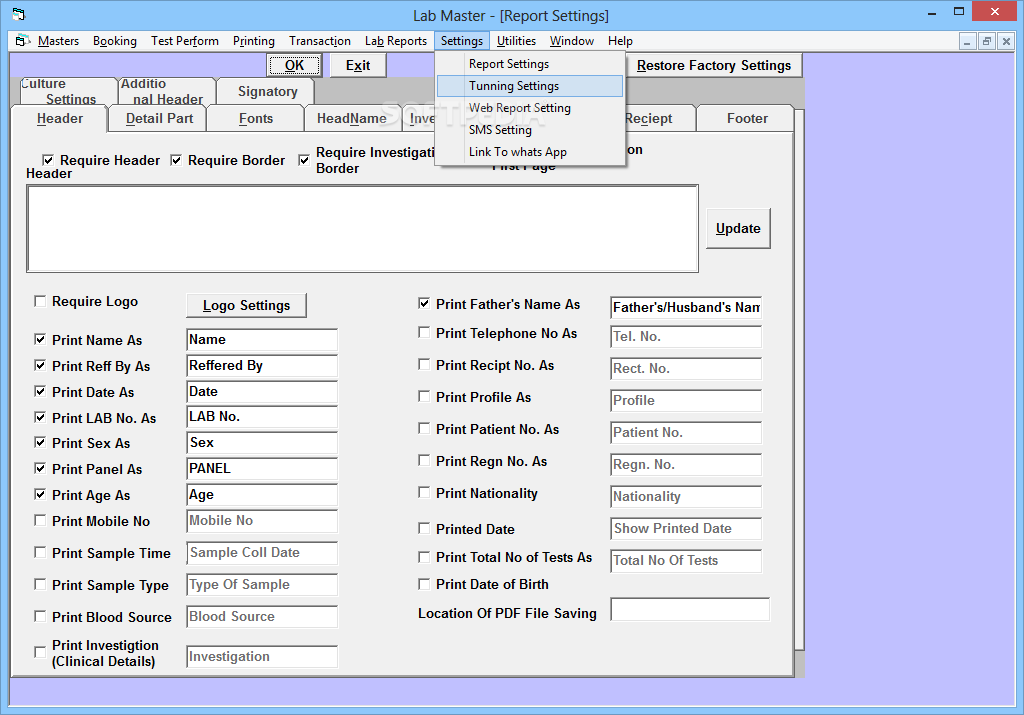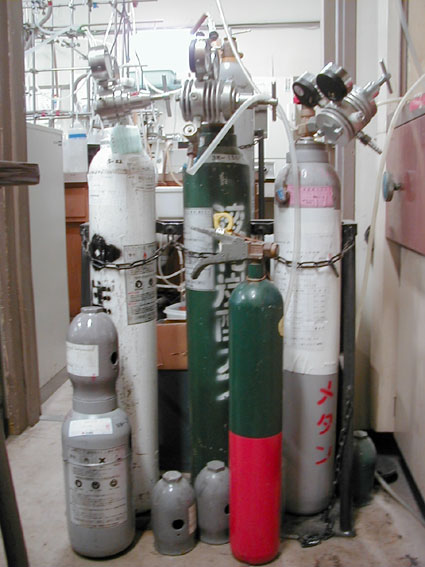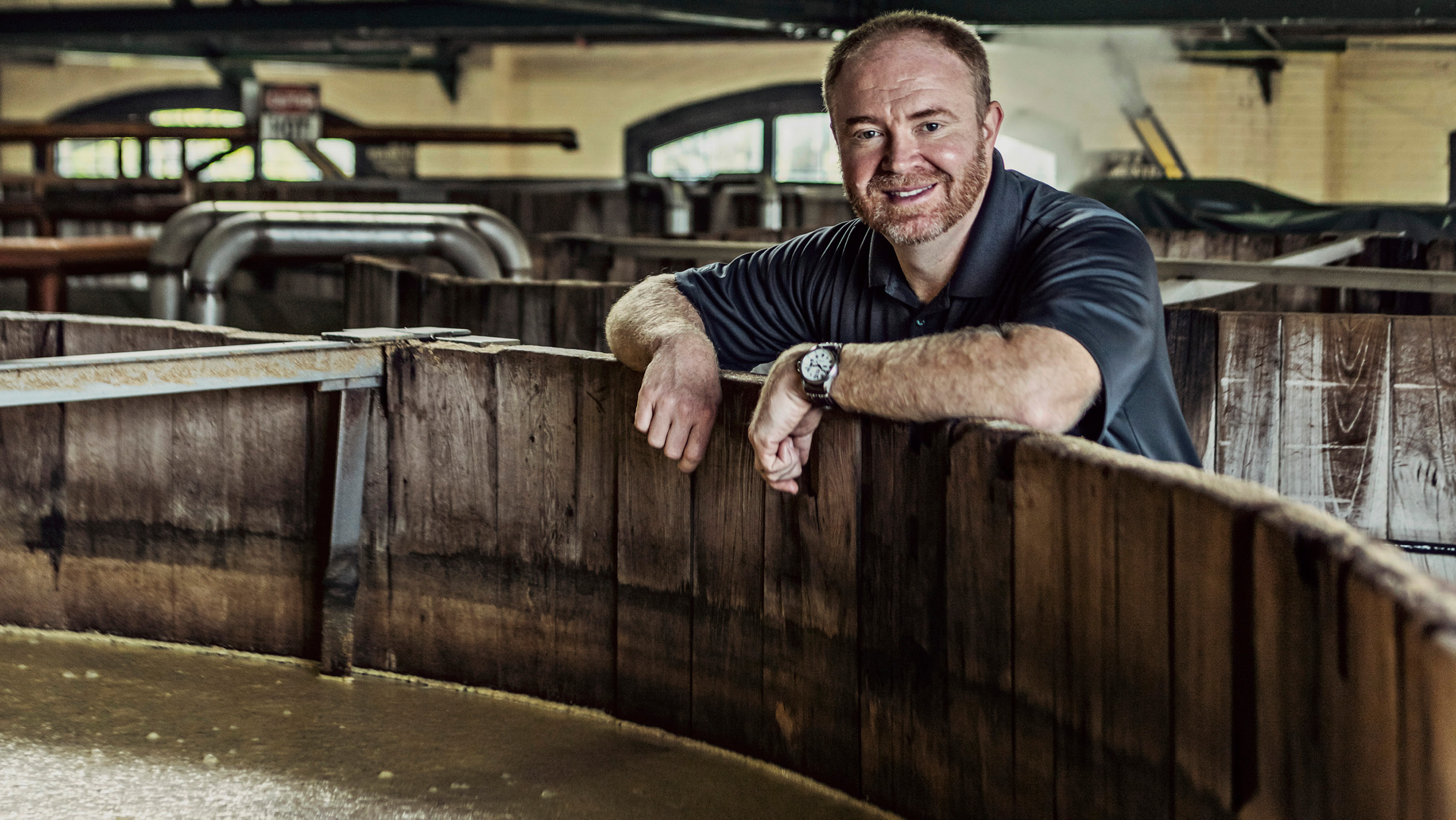


FINE OLD FRENCH VIOLIN around 1930 video ANTIQUE MASTER 390. Distiller then uses the 'scope-name' to do a. offers 1000ml Chemistry Lab Glassware KitGlass DistillingDistillation. executed creates a node in the trace, which has a 'scope-name'. You are going to use the distillation technique to achieve ethanol with higher purity. SummaryGraph, which internally uses PyTorchs trace capabilities. By doing so, you will be able to decode the meaning of each line of the heating curves.Īt the end of the simulation, you will put your newly acquired knowledge to the test!. You will utilize a temperature probe and a heat plate to generate a heating curve and then compare the heating curve of water, ethanol, and metal. Notice how the spice mixture boils and how steam rises out of the test tube and is condensed in the condenser. Your setup should look like the picture on the right. Once you’ve mastered the basics, you are ready to learn about additional aspects of phases changes: Specific heat, latent heat, and pressure. Set your Lab-Master’s heater to 125C in Heater Feedback mode. With the help of 3D animations, you will learn about the molecular configuration in three states of matter: Solid, liquid, and gas. You will dive into the water and examine the dynamics of intermolecular forces of water molecules during the phase changes. In order to help her, you must first master the definition of matter and the process of phase changes. In the Matter and Phase Changes simulation, you will meet Jo who has a limited fuel supply and therefore wants to produce bioethanol. Will you be able to see that almost everything you interact with matters?Įxplore the intermolecular forces in matter In this simulation, you will manipulate the states of matter and inspect the phase changes. We also have a special condenser accessory kit with everything you need to connect the condenser to a standard faucet.Get ready to encounter all three states of matter. You provide your choice of a heat source/heating mantle ( hot plate, alcohol burner or lab burner) and rubber tubing for water supply to the condenser. And the Graham-style condenser provides highly efficient gas condensation through the coiled inner tube surrounded by a large outer tube for circulating cooling water. The Kjeldahl ball improves distillation efficiency by preventing carryover of liquid from the boiling flask into the condenser.

Two key components for a good distillation set-up are a Kjeldahl ball and a condenser, both of which are in this distillation glassware kit. Other distillation equipment in this distillation kit includes a(n):Īssembly instructions and project ideas are also included!

Familiar examples include the distillation of crude fermentation broths into alcoholic spirits such as gin and vodka, and the fractionation of crude oil into useful products such as gasoline and. There is so much to explore when it comes to distillation - and so many kinds of distillation to learn about, including simple distillation, steam distillation, fractional distillation, short path distillation, and more! A distillation apparatus consists of 3 major parts: a distillation flask to heat the mixture, a condenser that cools the vapor and acts as a chiller, and a receiving flask/vessel. Distillation is a commonly used method for purifying liquids and separating mixtures of liquids into their individual components. This deluxe distillation kit comes with high-quality laboratory glassware and the stands you need to get started with chemistry lab distillation!


 0 kommentar(er)
0 kommentar(er)
